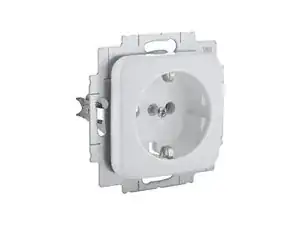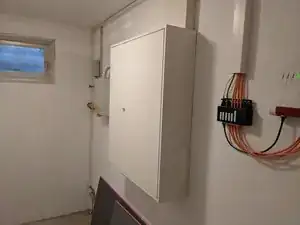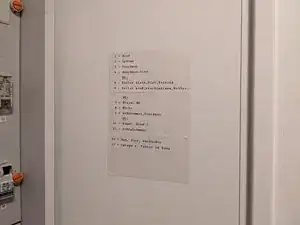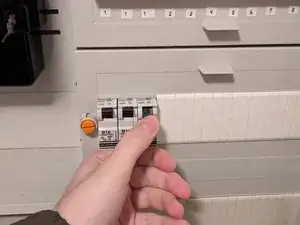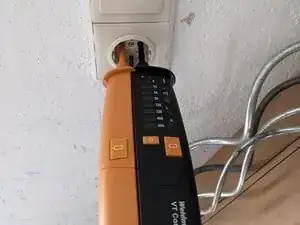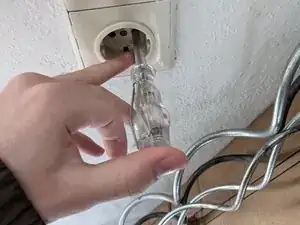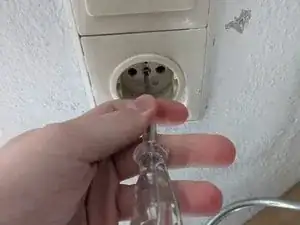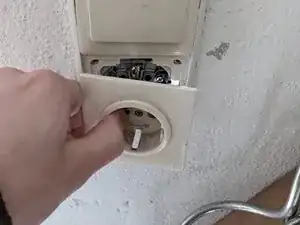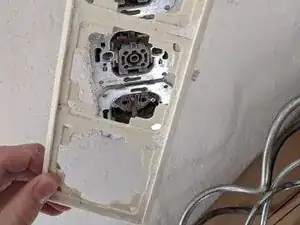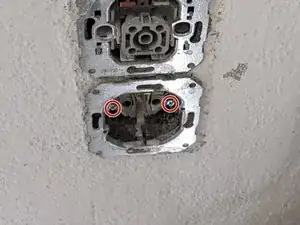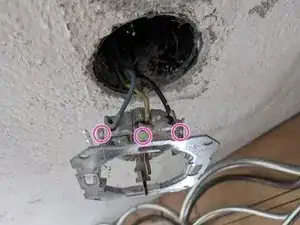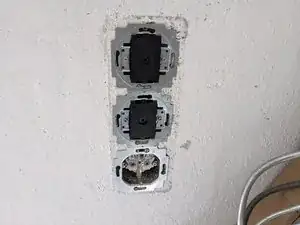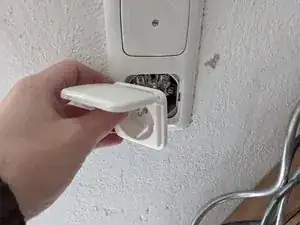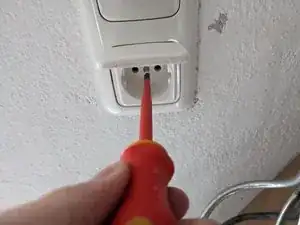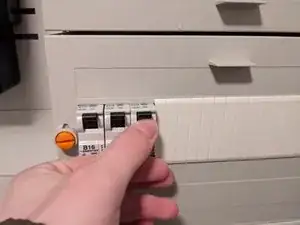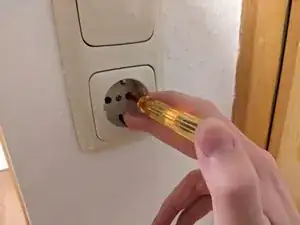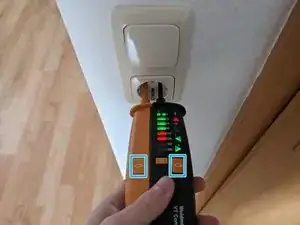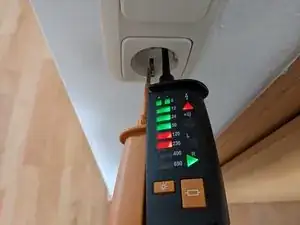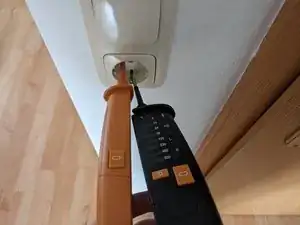Einleitung
A type F power outlet, also known as a Schuko socket, is a common electrical socket used in many European countries. Over time, these outlets may become damaged or worn out, and it's important to replace them to ensure safe and reliable electrical connections.
Before we get started, it's important to note that this guide involves working with 230V mains power, which can be extremely dangerous if not handled properly. If you're not comfortable working with electrical wiring, or if you're unsure about any aspect of the process, we strongly recommend that you seek the assistance of a qualified electrician.
Assuming you're confident and capable of working with electrical wiring, this guide will walk you through the steps of replacing a type F power outlet, including how to safely disconnect the power supply, removing the old outlet, and installing the new one. It's important to remember that electrical work should always be approached with caution, so make sure to follow the instructions carefully and double-check your work at every stage of the process.
Werkzeuge
Ersatzteile
-
-
Remove the outlet cover by unscrewing the middle captive screw with flat head screwdriver.
-
Remove the frame.
-
-
-
Measure across hot and neutral.
-
Measure across hot and ground.
-
Measure across ground and neutral.
-
Apply load between hot and neutral by pressing the two large buttons.
-
To reassemble your device, follow these instructions in reverse order.
